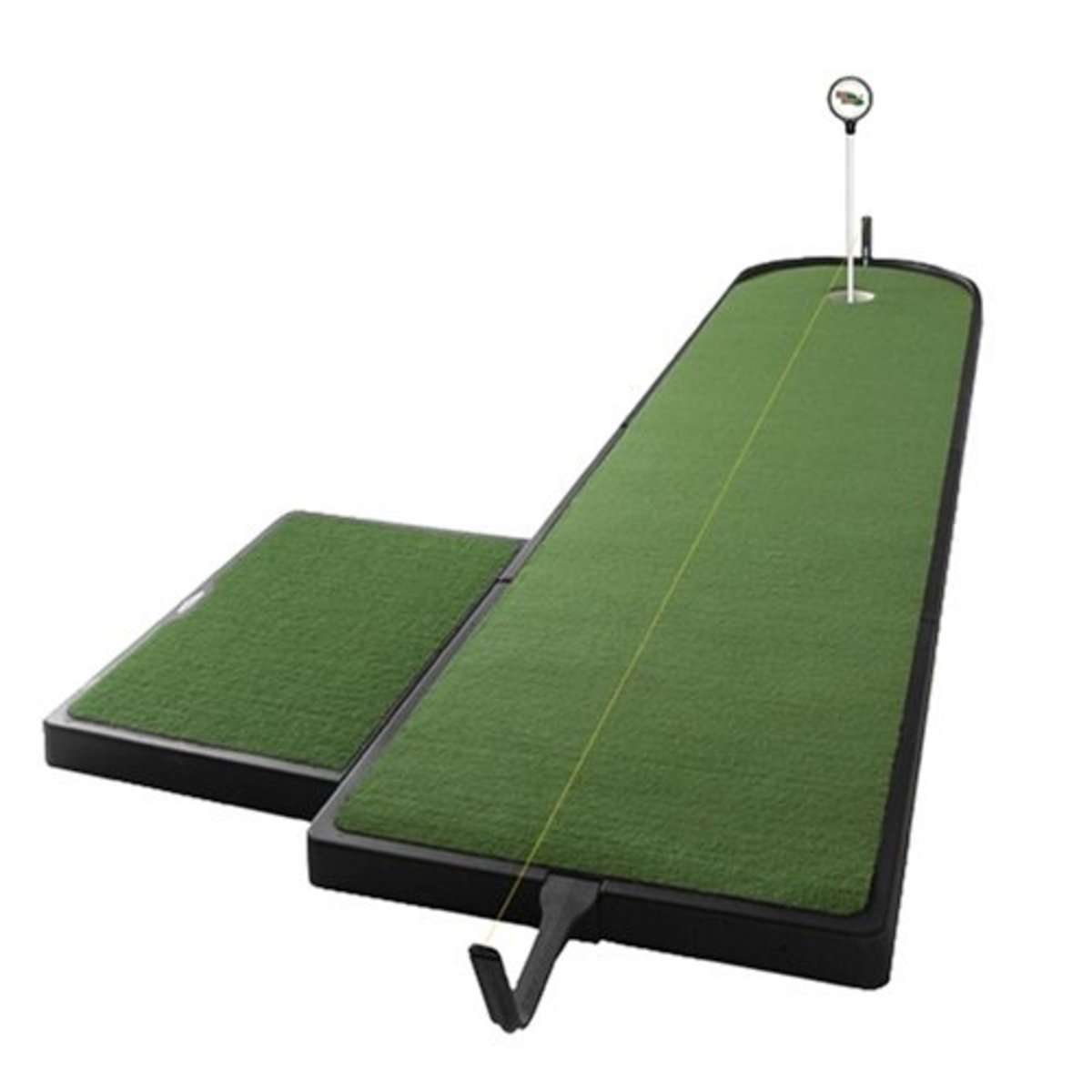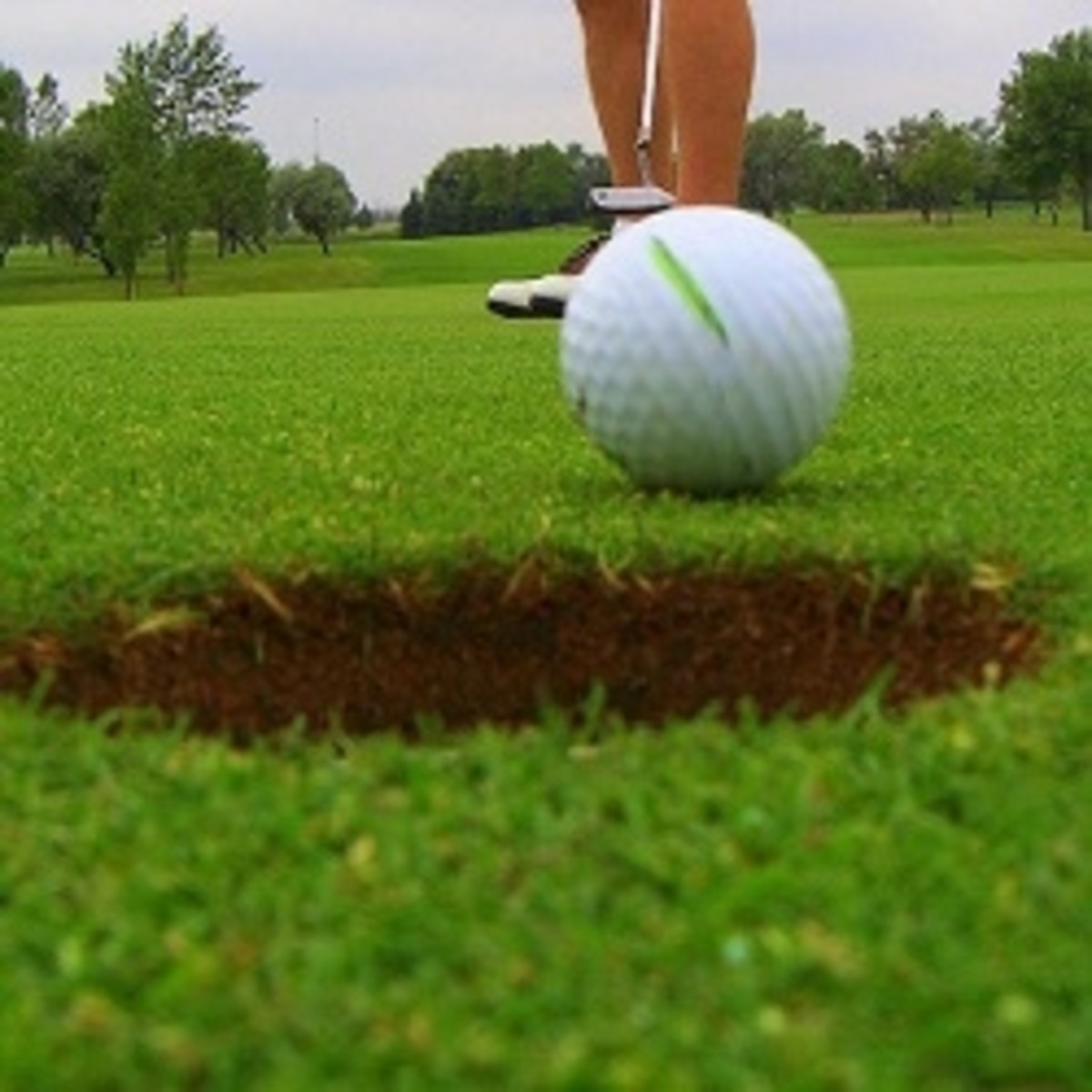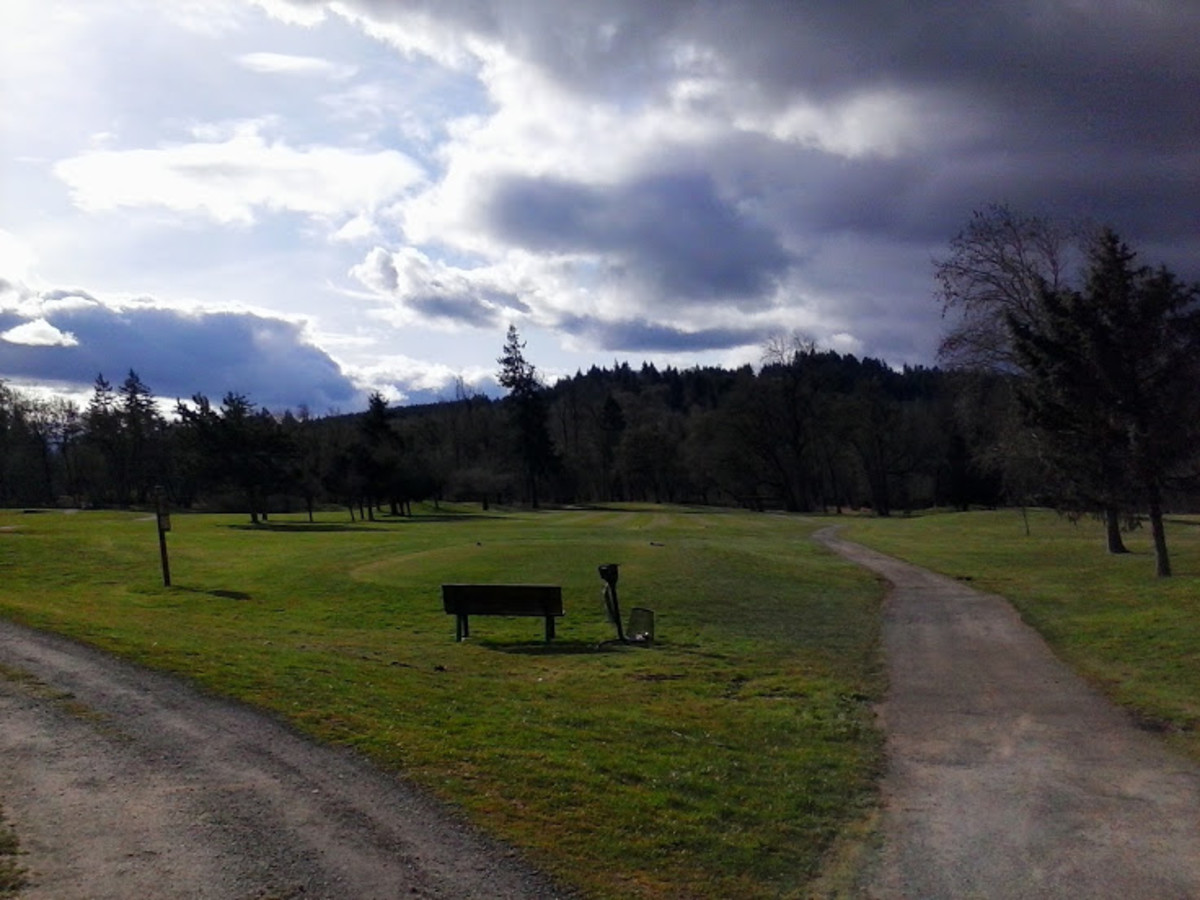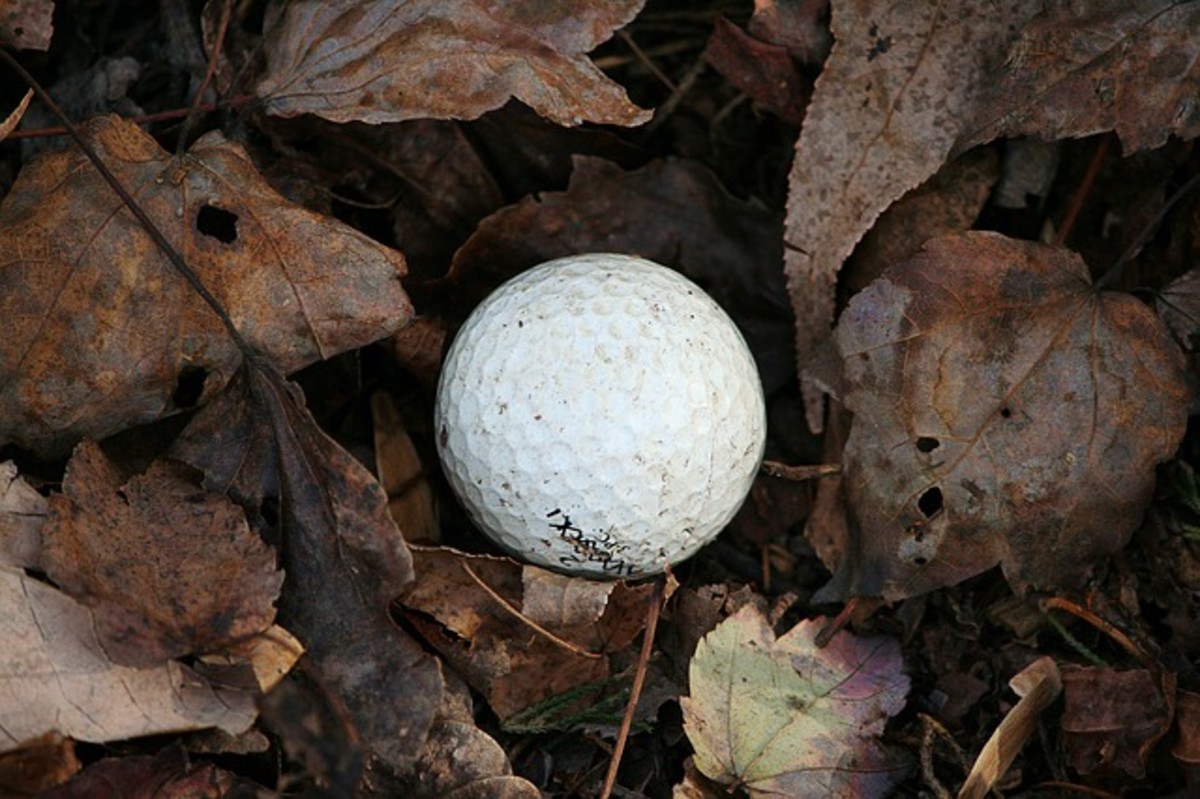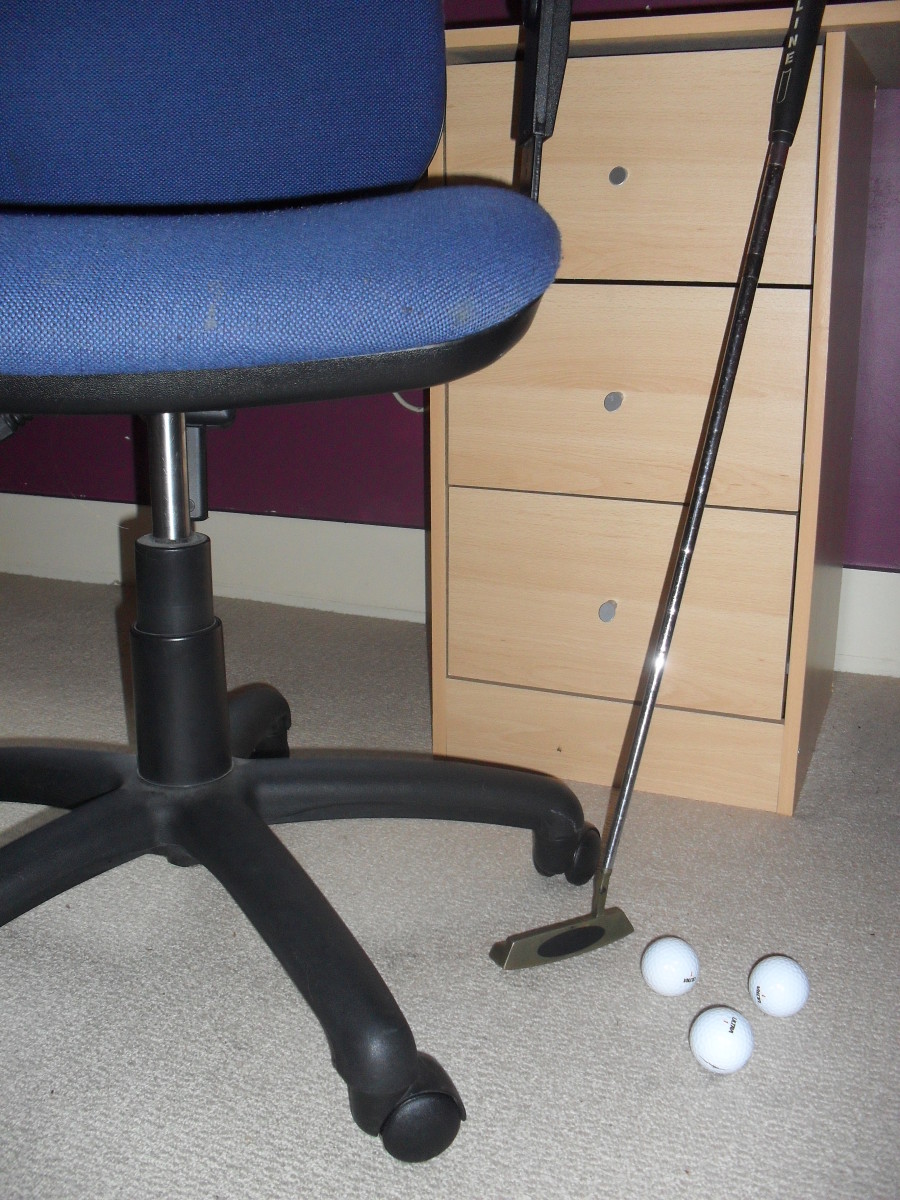Golf Basics
The Basics of Golf
Beginning Basics
Golf is a gentlemen’s game, or a ladies game now. Originally started in Scotland, Golf was a game for the men. Golf itself stood for Gentlemen Only Ladies Forbidden. The history of golf is shrouded in mystery as many historians have conflicting views of where golf originated. Some believe the Romans started it with “paganica” while others believe it started in China or England. The most widely accepted origin of golf is Scotland in the 12th century. The site of the Old Course at St Andrews is believed to be the spot. It is also believed that shepherd’s started the game by knocking stones into rabbit holes at the same site.
Golf has come a long way since its mysterious beginnings. Nowadays gentlemen and ladies play the game and there is now a professional team of golfers. Some of the professional golfers have become famous, like Tiger Woods. Even though he can’t control himself with the ladies off the course, he is a very good golfer.
There are also many jokes out there about golf like, “golf is a nice walk that is ruined.”
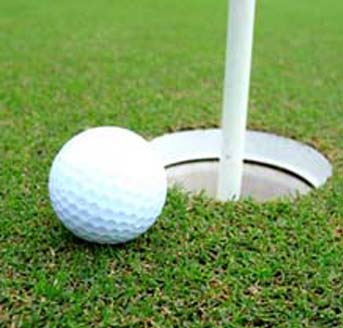
Let’s get to the basic concepts of the game. Golf is played on a field different from other sports; this field is called a course, of course. The course will generally have either nine holes or eighteen. A nine hole golf course is more common and is played twice. For instance, you start at the first hole then play out nine holes. Once you complete your first round of nine you end up back at the first hole, which then becomes hole number ten. You play the course again on the top side of nine. One through nine becomes ten through eighteen.
The course is made up of a couple of parts. The teeing area is where you initially hit the ball for distance; the rest of your shots will be for accuracy. The fairway is where you must keep your ball in order to score low. A low score is the idea which we’ll discuss in a minute. The fairway is a grassy length of land that is conducive to hitting the ball and the ball rolling. The rough is where you want to avoid. The rough is not penalized but it is more difficult to hit the ball out of as opposed to the fairway. Out of bounds is typically penalized one shot depending on the rules of the tournament. You can go about this one of two ways, hit the ball back in bounds or take a drop which is considered two points. Next you have the hazards, which are typically water or sand. Water hazards you have to take a drop whereas sand hazards can be hit out of with a sand wedge. Finally there is the green with the hole in it. The hole is the goal, and the green has grass that makes putting easy.
That is a typical description of a hole. Each hole will have a predefined par. On a par four course it should take you four hits to get the ball in the hole. If you get three hits that is a birdie, whereas two hits under par is an eagle. If on the other hand you go over par the first is a bogey, the second is a double bogey and so on, at least to four. After four over par, you might as well go home.
When the course is being built they figure out the distance from tee to green to determine the par. Par four is anywhere from 251 yards to 475 yards, par five is longer than 475 yards and par three is 250 or less. Another thing put into consideration is the grade of the hole. Uphill or downhill affects the par rating.
Scoring is done on the scorecard by each player. Each shot is tallied on the scorecard and the end the tallies are calculated and the winner is the player with the lowest score. Beginning golf is difficult and you should not take yourself too seriously. Playing a lot is the only thing that will make you better, it just takes time.
Taking a lesson or two will help you learn proper swing techniques and fundamentals of the game.
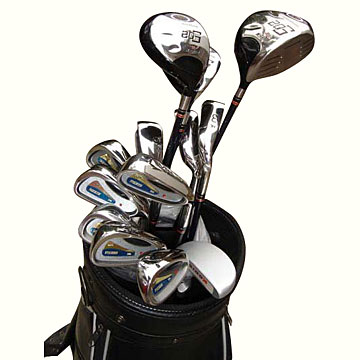
Golfing Equipment
By now you should know that you need golf clubs to play golf. In addition to clubs you also need a bag, balls, and tees. Tees are cheap 500 for like a dollar at Wal-Mart. The clubs are expensive for new sets, if you’re beginning golf I highly recommend getting a cheap set. One you can learn how to play with them, and two—if you discover you hate golf you’re not out much money.
The bag is very important as it makes transporting your gear easy. How do you choose the correct bag? There are many different sizes of golf bags out there, choose one that will do the job you need. Bigger is not always better.
What to put into your golf bag is dependent on you. The common things are your clubs, tees, and extra balls. You have to accept the fact that you may lose your balls out there on the course, it happens. Any serious golfer has or always loses their balls on the course, so bring extra.
More items to bring in your golf bag are: your glove, you can put your car keys in there, pencils, ball markers if you have them—if not just use a dime, sunscreen, and umbrella just to name a few things. I always like to bring munchies like beef jerky or sunflower seeds. Depending where in the country you are you may want to bring insect repellant also.
There’s really no limit to what you can put in your golf bag. Just remember that your golf bag is the only thing you’ll be carrying onto the course so bring what you need. You can bring a small cooler also to keep water in if you use a golf cart.

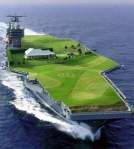
Parts of a golf game
Long game
You may wonder what it means by long game. Long game is simply your drive off the tee and the shots you take while on the fairway. Your drivers, which are the 1, 3, and 5 woods are the primary tools needed for a strong long game. These drivers are vital to getting a good tee off and a low score. You will use your driver on every par four hole, but you may use an iron on a par three hole depending on the distance to the green.
An iron is described as a 9, 8, 7, 6, 5, 4, 3 iron and they can make the ball go a predetermined distance. Three iron to six iron are the most common irons for the long game. Whereas seven to nine and your pitching wedge is used for your short game.
My suggestion if you are starting to play golf is to go to a driving range to learn your distances. Take each club minus the putter to learn how far you can hit the ball. Take one bucket of balls per club, and hit them with everything you have. After each hit track how far the balls went and write it down. Finally calculate an average. This will give you a good idea of how far you can hit with each club. Each course will usually have distance markers on the side of the fairway so with that information you should be able to choose the right club for the shot.
Having fun with golf is important for longevity of play. When I started golfing eight years ago I would never hit consistently. Professionals on TV always hit the ball long and straight so that is the standard. I can remember one game that was going well then all of a sudden I couldn’t hit the ball straight. I kept slicing to the left, then the next shot I would correct and ended up hitting the ball to the right. I got very frustrated and had an awful time. If I had stayed calm and collected I could have corrected the problem.
Knowing your strengths will help when buying a set of clubs. I have a lot of strength in my swing so I need a club that doesn’t flex much. Steel clubs are what I use. I tried graphite clubs once but couldn’t hit the ball right with them because of my swing and strength. So having the right clubs, the right swing, and a lot of practice will shorten your long game. Shortening means less hits of course.
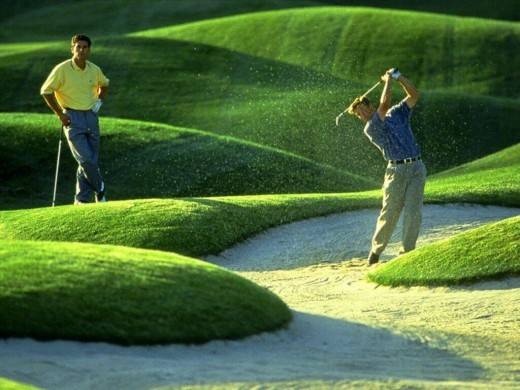
Short game
Short game in my opinion is the most important skill to have. Anyone with little practice can hit the ball far with a driver. The skilled golfer is one that can then get to the green in one shot, maybe two with their short game. So what is short game? Short game is the middle man of golf. It is what is required to get to putting.
Short game happens after we are on the fairway and close to the green. A good measure is about 100 yards out. That is not all short game is though. Short game comes in to play from hazards like the sand trap. A good long drive is wasted if you over shoot your short game and go past the green.
What kind of iron should you use? Remember that this all depends on the distance. Your higher number irons will perform a low shot that rolls forward. The smaller numbers give you a loftier shot that rolls a lot less. You are going to have to practice at the driving range to get your distance and to learn more about shot dynamics of your clubs.
Irons are great for putting the ball onto the green from a healthy distance, but what about the close shots from the fairway? There is a club called a pitching wedge that works really well for getting the ball close to the hole from outside of the green. The pitching wedge is great for high altitude, high accuracy shots.
If you get your ball close to the hole from outside the green your putting will be a lot easier and is often what is sought after.
No matter how hard you try at some point you’ll end up in the sand, this is inevitable. When you do end up in the sand trap all you have to do is just grab your sand wedge. This club was specifically designed for the sand trap.
Hitting out of the sand trap is not impossible. Get in there with your sand wedge and plant your feet firmly. The idea is to take as much sand with your swing as possible. Swing through the ball and pop it out of the trap. Afterwards you can re-rake the trap. We will discuss golf course etiquette at a later date though.
If the sand trap is full of compacted sand you’ll want to avoid hitting the sand as much as possible.
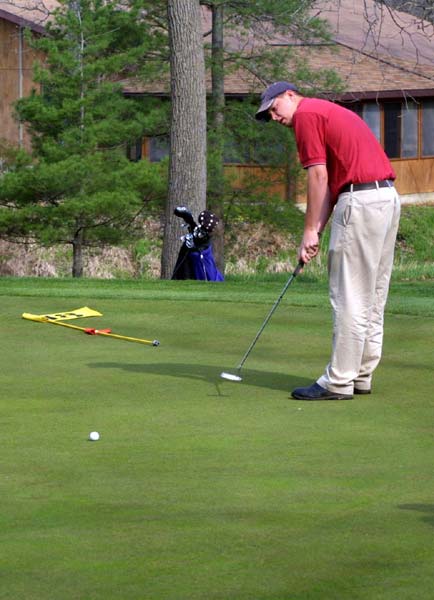
Putting- the golfers curse
I hated putting with a passion, until I learned the secret of putting. There is a saying out there that goes, “Drive for show, putt for the dough.” This is extremely true. If you can drive like Tiger Woods (on the golf course—he obviously likes to crash his car, anyway) you’ll win fans, but if you can putt like Arnold Palmer, you’ll win the money. The drive will get you close on the fairway, the short game will get you on the green but if you can’t putt it is all wasted.
Putting is done entirely different from hitting. Some putters have lines on them to help line up a shot. The putter is stood over and the golfer is looking straight down the shaft of the putter. Both arms are locked out and you swing the putter in a pendulum type manner. Take a couple practice swings to get the idea of force applied.
Putting is actually a mathematical problem. The green is not always going to be perfectly flat. There is bound to be rises and dips. Also some greens are faster than others, meaning the ball travels further on fast greens.
When you are close to the hole putting is a lot easier if you do it correctly, definitely don’t over putt your hole. Further out is where the math comes in. What degree of inclination is there, how does the green tilt, are you uphill or downhill, is the grass wet or dry? All of these questions add to the equation to get the amount of force to apply.
Without enough force the ball won’t make it to the hole and with too much force the ball will pass the hole, which is bad. You want enough force to get to the hole with a little extra for safe measure. You also have to ensure that the putt is lined up properly, calculating in the angles and resistance.
The only way to improve your putting is to putt on a practice green. You should actually practice putting more than you should practice driving. The take away message here is to practice as much as you can in all aspects of golf before you step onto the course. Then play as much as possible—which is a type of practice, way before a tournament.
In the end though golf is a recreational sport meant to bring people together. Have fun and don’t worry too much if you suck at it, we all do until we practice a lot. Enjoy the courses.
The End
© 2010 by Wesley Cox. All rights reserved. Copying without permission is illegal and will be prosecuted.



